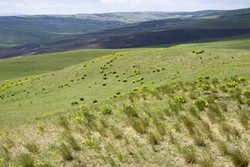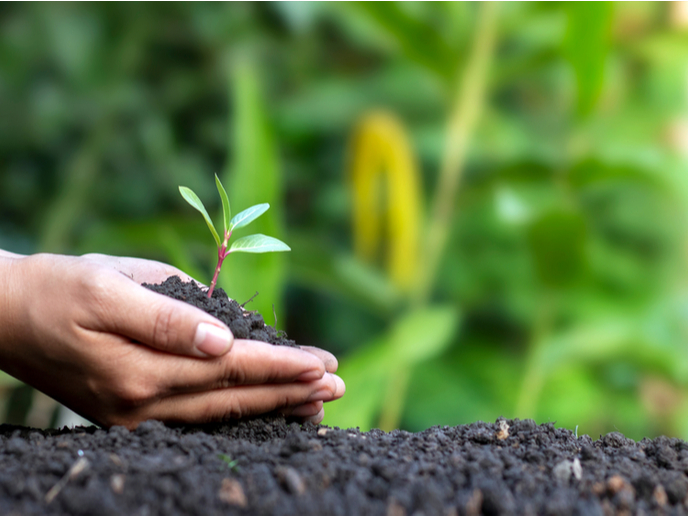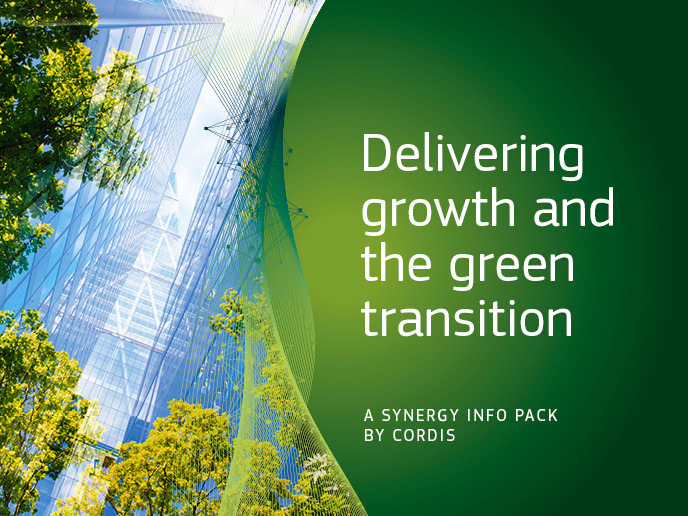Impact of climate change on grasslands
Grassland is the most extensive terrestrial biome, a complex biological community that has resulted from a response to a shared climate, which is found on every continent except Antarctica. These biologically rich and diverse areas cover around one third of the Earth’s surface and their most important components are the grass (Poaceae) and daisy (Asteraceae) families. Europe’s grasslands are under threat and disappearing at an alarming rate due to climate change caused by human activities. Understanding the evolutionary history of grasslands in the light of past biotic and abiotic changes will help in their future management. The GRASSLANDS (The evolution of the grassland biome: exploring past events to predict future scenarios) project was established to give a clearer picture of the origin and spread of the grasslands biome by studying its key components. This was achieved through a joint approach, which carried out independent analysis of DNA sequence data and a re-assessment of the fossil record that were used as time constraints. Scientists discovered evidence that supported the simultaneous spread of grass and daisy species during the most pronounced drop in atmospheric carbon dioxide levels, during the late Oligocene period. This discovery will give a better understanding of the evolutionary history of Poaceae and Asteraceae. Furthermore, it will help to explain how flowering plants became the dominant component of almost every terrestrial ecosystem.







